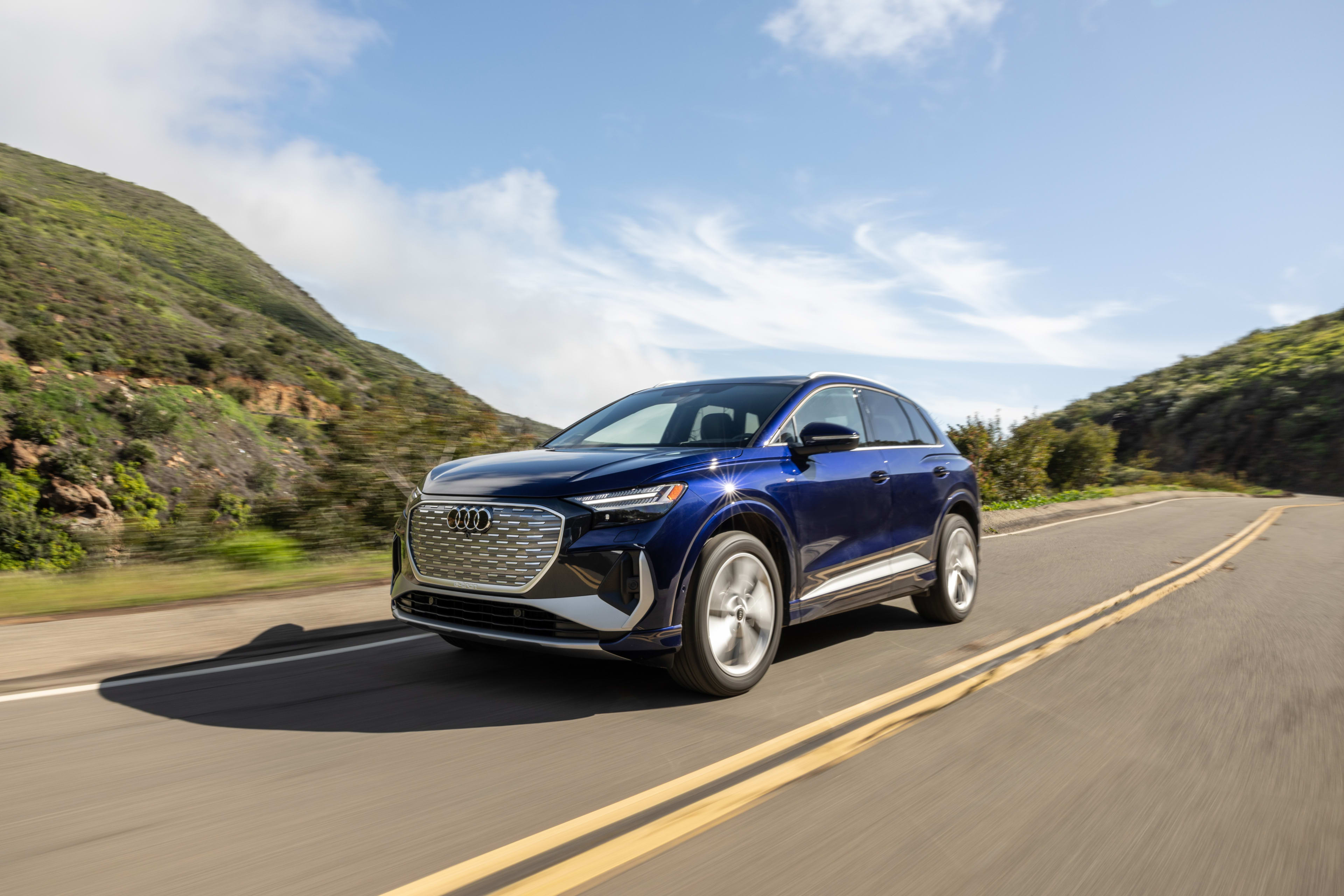Your favourite Ford might get a bit pricier.
Amid rising automobile business sentiment centered on the influence of latest, hefty commerce tariffs, Dearborn-based automaker Ford is elevating costs of its Mexican-made vehicles for its U.S. clients. Based on a brand new report by Reuters, a discover despatched to sellers confirmed that costs on well-liked fashions just like the Mustang Mach-E electrical SUV, Maverick pickup and Bronco Sport will obtain a worth bump by as a lot as $2,000.
A Ford spokesperson instructed the outlet that the worth will increase will have an effect on vehicles constructed after Could 2, that are anticipated to reach at U.S. sellers by late June. They famous that the worth hikes mirror “traditional” mid-year pricing changes, together with “some tariffs we face,” including that the corporate has “not handed on the complete value of tariffs to our clients.”
The value will increase have an effect on a few of Ford’s extra well-liked nameplates. Based on knowledge launched by Ford, the three fashions skilled robust gross sales in 2024, in addition to the primary quarter of 2025. In Q1, Ford managed to maneuver 21% extra Mustang Mach-e EVs (11,607 in Q1 2025 v. 9,589 in Q1 2024) over the identical time interval final 12 months and 5.7% extra Bronco Sports activities (33,363 v. 31,565), although Maverick gross sales noticed a slight 2.7% dip (38,015 v. 39,061).
Ford’s tariff influence
Ford’s announcement to its sellers comes the identical week because it instructed traders and Wall Road analysts the complete scope of the influence of cross-border tariffs on the automaker.
The Administration stands agency on its 25% tariff on imported automobiles. Nevertheless, President Trump lately softened his tariff coverage relating to international auto components, launched a program that credit automakers for what’s produced in the USA, and eliminated provisions that will make automakers pay double tariffs on uncooked supplies.
Following the footsteps of its crosstown rival Basic Motors, Ford suspended its full-year steering on Could 5, because it expects to take a roughly $1.5 billion gross hit to its earnings from the tariffs, hoping to offset $1 billion from $2.5 billion in tariff prices by means of inside actions and different changes.
Preciously, Ford anticipated to soak up earnings between $7 billion and $8.5 billion for the 12 months, nevertheless, CEO Jim Farley warned that it’s nonetheless too early to foretell precisely how a lot the lately applied tariffs will truly have an effect on the worldwide provide chain.
“It’s a reasonably dynamic state of affairs […] I believe that is all actually new for all of us,” Farley instructed analysts throughout its earnings name.
Nevertheless, the CEO additionally reiterated that the Ford’s home footprint provides it an edge over its Detroit rivals, noting that “this new setting wherein automakers with the biggest US footprint may have an enormous benefit.” Moreover, Farley famous on the earnings name that it “helps the administration’s objective to strengthen the US economic system by rising American manufacturing,” in addition to “a stage enjoying discipline globally for home and international OEMs.”
“We additionally recognize the continuing cooperation we have had with the administration,” Farley stated. “As America’s largest auto producer, our engagement with Washington helps US policymakers higher perceive how their proposed coverage modifications would influence our business and naturally, our communities.”
Last ideas
In latest media appearances, CEO Jim Farley reiterated that Ford makes most of its U.S.-bound automobiles within the U.S., citing in an April 30 Fox Enterprise look that “85%” of such are constructed right here. In the course of the earnings name on Monday, he added that Ford “assembled over 300,000 extra automobiles within the US than our closest competitor,” together with “100% of all our full-size vehicles.”
Nevertheless, he additionally famous that whereas different producers construct within the U.S., adapting to the tariffs implies that they must “take up increased prices, make investments capital,” which “will take time,” including that “It isn’t so simple as simply assembling extra automobiles within the US.” “OEMs should additionally steadiness buyer affordability, which suggests the power to import components tariff-free,” he stated to analysts.
With this in thoughts and Farley’s thought of crediting automakers who export from U.S. factories, I don’t count on Ford to be the one automaker to extend costs for its U.S. clients in gentle of latest tariffs, until extra complete and fruitful dialogue between the present Administration and automakers occur.




